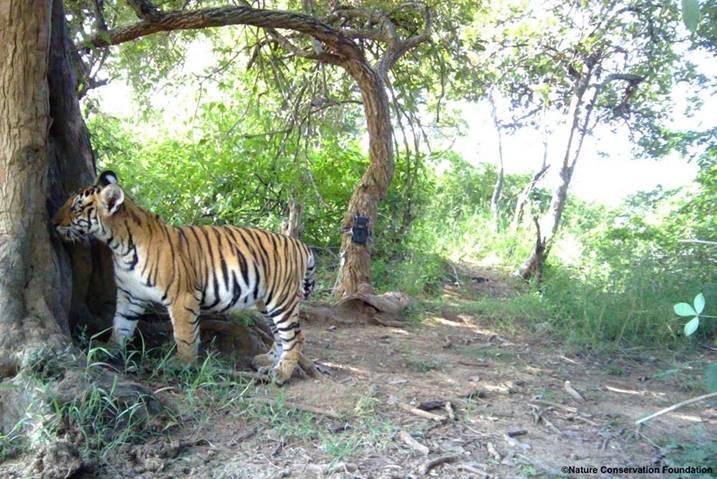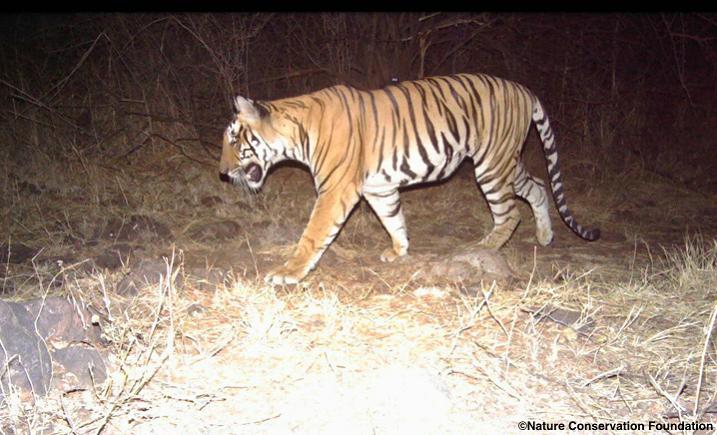Social media video featuring the project.
7 NIC Film 5
1 May 2012 Biligirirangaswamybetta, India, Indian Sub-continent Communities
This project aims to improve the reach and impact of conservation through outreach activities to strengthen the support of local communities, opinion builders, policy makers and key social leaders for wildlife conservation.
Karnataka state in south-western India hosts 60% of the Western Ghats, a global biodiversity hotspot that supports one of the largest remaining populations of tigers, Asian elephants and several other globally-significant wildlife species. Fragmentation and chronic degradation of habitats from a variety of anthropogenic activities are key continuing threats in this landscape. Addressing these threats within the democratic governance process requires constant engagement with a wide variety of stakeholder groups.

©Nature Conservation Foundation.
We have worked in this landscape for nearly two decades which has earned credibility for making extensive contributions that advance on-ground wildlife conservation through a variety of activities. The applicant has been very successful in carrying out wildlife conservation outreach to a wide variety of stakeholders including policy and decision makers, social leaders, media, and importantly, to local communities and a larger public constituency through the media.

Although many of these outreach activities are relatively simple, they provide a compelling means of bringing about positive changes for conservation when understanding of conservation issues is enhanced among key stakeholders and accompanied by systematic follow-up activities. The applicant wishes to continue these outreach activities in the Western Ghats of Karnataka.
We work through a well-rounded approach to wildlife conservation that includes conservation science, policy interventions and outreach at various levels. Under the proposed project, we aim to reduce impacts of habitat fragmentation and degradation through the outreach activities to a cross section of stakeholders.
Although it is the Government that is the formal authority to formulate policy and effect management, changes to both policy and management also comes about due to the constant engagement of civil society and communities with legislators, policy makers and managers.
We envisage that the outcomes of this work will have improved and enhanced understanding for the need of wildlife conservation amongst policy makers, key social leaders and the wider society in general. Over the long-term, initiating pro-conservation measures and ensuring that development activities are undertaken in an ecologically responsible manner are the major positive conservation outcomes anticipated from this project. From our past experiences the results from such outreach activities are far-reaching and long-lasting.
The project also aims to bring certain education activities to communicate the impacts of human activities and we expect to cover nearly 50 or more villages around the Nagarahole, Bandipur, Biligirirangaswamy Temple and Nugu protected areas targeted under this project.
Social media video featuring the project.
7 NIC Film 5